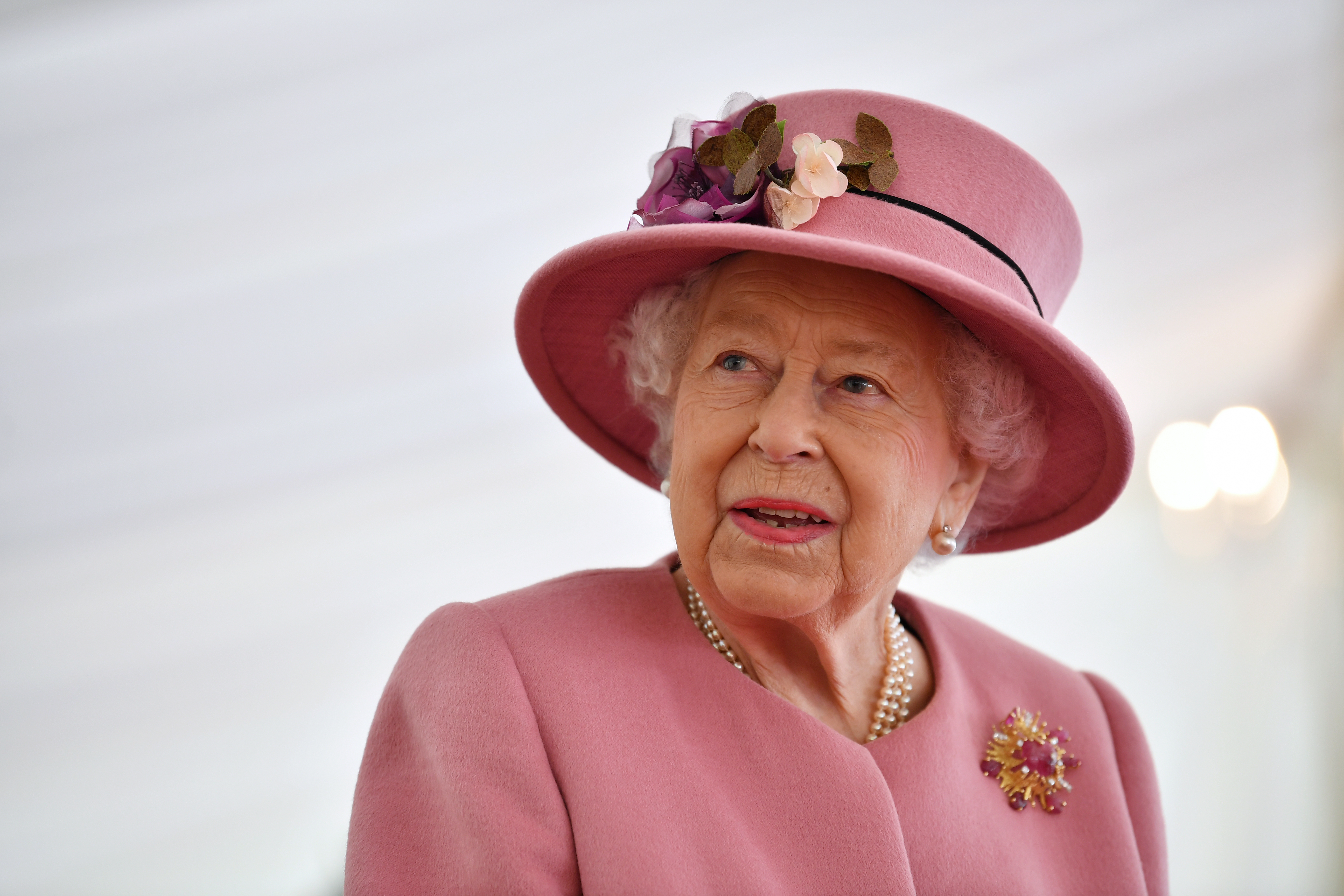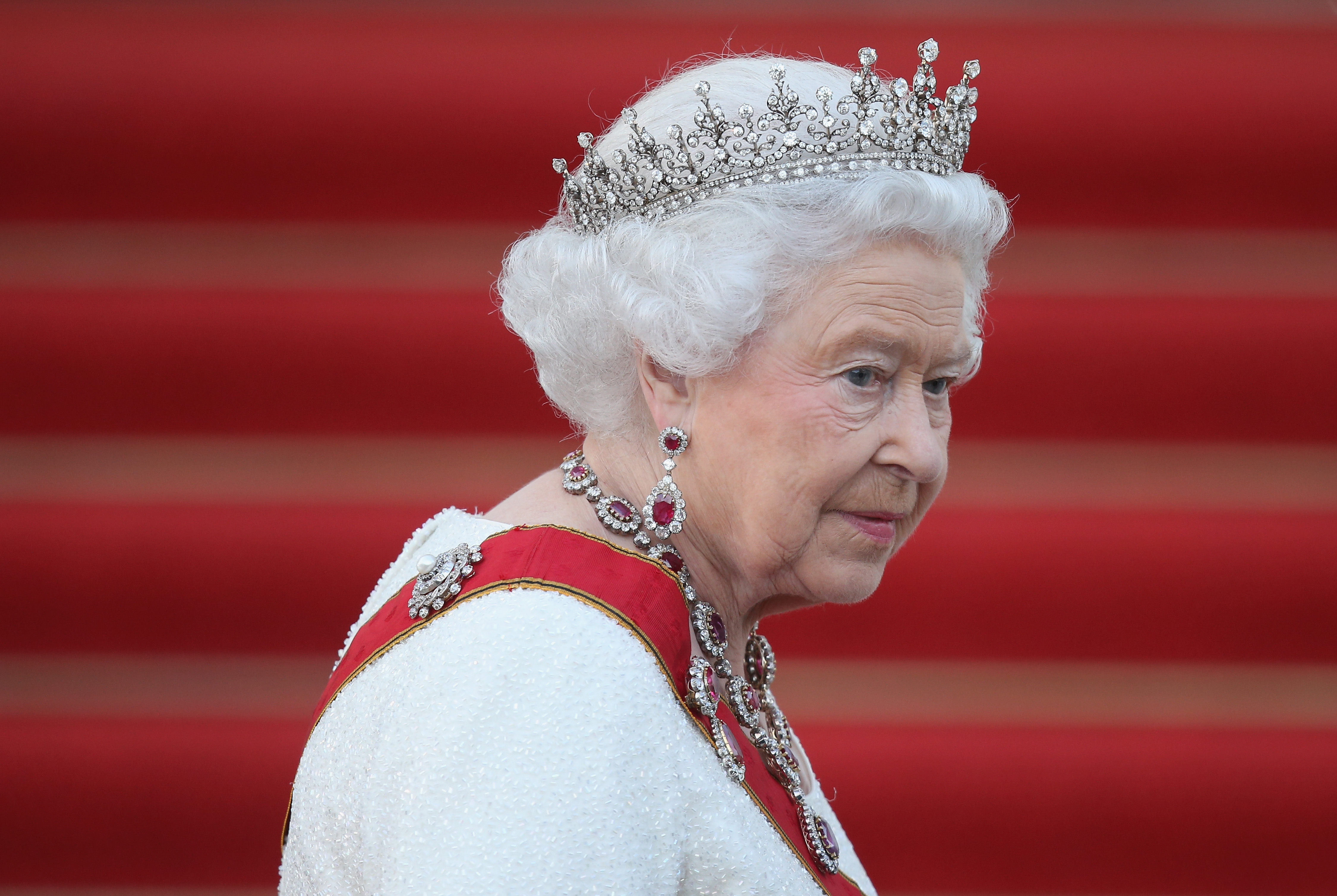Queen Elizabeth II’s eldest son Charles became king immediately upon her death Thursday afternoon at Balmoral Castle in Scotland.
Within 24 hours of a monarch’s death, a new sovereign is proclaimed formally as soon as possible at St. James’s Palace in London by the “Accession Council,” according to the British monarchy's rules.
However, it may be months or even longer before Charles’ formal coronation. In Elizabeth’s case, her coronation came on June 2, 1953 -- 16 months after her accession on Feb. 6, 1952, when her father, King George VI, died.
In a statement issued by His Royal Majesty following the 96-year-old monarch's death, King Charles III said his mother's passing “is a moment of the greatest sadness” for him and his family.
Get San Diego local news, weather forecasts, sports and lifestyle stories to your inbox. Sign up for NBC San Diego newsletters.
"We mourn profoundly the passing of a cherished Sovereign and a much-loved Mother. I know her loss will be deeply felt throughout the country, the Realms and the Commonwealth, and by countless people around the world.”
Britain's new prime minister Liz Truss offered the King her "loyalty and devotion" in a statement acknowledging his role as the new monarch.
More British Royal Family Coverage:
"Today, the crown passes, as it has done for more than a thousand years to our new monarch, our new head of state, his majesty King Charles III," Tuss said. "With the king's family, we mourn the loss of his mother, and as we mourn, we must come together as a people to support him, to help him bear the awesome responsibility that he now bears for us all. We offer him our loyalty and devotion, just as his mother devoted so much to so many for so long."
Charles' former title, the Prince of Wales, will now likely be passed to his son, Prince William, the Duke of Cambridge.
Born on the royal estate at Sandringham on Nov. 14, 1948, the first child of Princess Elizabeth and Prince Philip was formally invested as Prince of Wales and successor to throne on July 1, 1969.
As the heir to Britain's longest-serving monarch, Charles has been preparing for this moment most of his life.
Even as Britain celebrated the queen’s Platinum Jubilee in June, the 73-year-old Charles was taking on more public roles, often accompanied by his wife, Camilla.
With Elizabeth increasingly frailer in her last year, Charles often became the face of the monarchy, and earlier this year, presided over the State Opening of Parliament, one of the sovereign's most important duties.
“Prince Charles is the longest-serving heir we’ve ever had,” Robert Hardman, author of “Queen of Our Times: The Life of Elizabeth II” said. He was on standby to do whatever the queen could not, Hardman said.
King Charles III: A Life in Photos
His long years in the wings were a result of an oath that Elizabeth made on her 21st birthday when she pledged to serve Britain and the Commonwealth for her whole life.
But her problems moving about in her last year opened a door for Charles, who has had to overcome the ill will generated by the messy breakdown of his marriage to the highly popular Princess Diana.
His admitted infidelity with Camilla ended his relationship with Diana, the glamorous young mother of Prince William and Prince Harry who died in a Paris car crash in 1997, five years after the couple split. Many in Britain took years to forgive him for his treatment of Diana, “the People’s Princess,” admired for the way in which she could connect with the public as he could not.
But with Charles' marriage to Camilla Parker Bowles in 2005, the public attitude toward him softened.
The Duchess of Cornwall, as she has been known, Camilla, 74, has taken on roles at more than 100 charities. She has focused on promoting literacy, supporting victims of domestic violence and helping the elderly.
She won over many Britons with her down-to-earth style, sense of humor, and a warmth that has softened Charles’ stuffy image. He has appeared more relaxed, as he cut ribbons, unveiled plaques and went about the often humdrum tasks of royal duty.
Earlier this year, the queen expressed her “sincere wish” that Camilla be known as “Queen Consort” when Charles ascends to king, her words transforming Camilla from home-wrecker.
Charles, meanwhile, stepped up when needed as he did when he presided over the opening of Parliament and delivered the Queen’s Speech, which sets forth the government’s legislative program.
The event, a symbol of the monarch’s constitutional role as the U.K.’s head of state, is marked by ceremonies and pageantry handed down through the centuries to demonstrate the strength of Britain’s political institutions.
Because Charles has spent many years in the public eye, his passions are well known.
He began campaigning for environmental causes long before they were mainstream concerns, and has been accused of meddling in politics, something the monarch is barred from, by speaking up about property developments he opposed and other issues.
During a trip to Canada, he acknowledged the “pain and suffering” suffered by Indigenous communities that had children taken away and abused at state-sponsored residential schools.
It may be the shape of things to come.
Emily Nash, the royal editor of HELLO! magazine, said Charles is engaged with people all over the world, particularly on the issue of climate change.
“This is very much about working collaboratively to try and improve things for future generations,” Nash said.
Tiwa Adebayo, 23, a journalist and blogger, said the royals need to be more vocal about issues like this, speaking out on topics such as inequality and immigration, if the monarchy is going to be relevant in the future. She cited the Dutch royals as a model for the future.
“I think that’s the sort of monarchy we want,” she said. “And so this kind of not getting involved with politics, but kind of getting involved in politics, not getting too involved in societal issues but speaking when it’s convenient, I don’t think that’s really going to fly anymore.”
The Associated Press contributed to this report.



